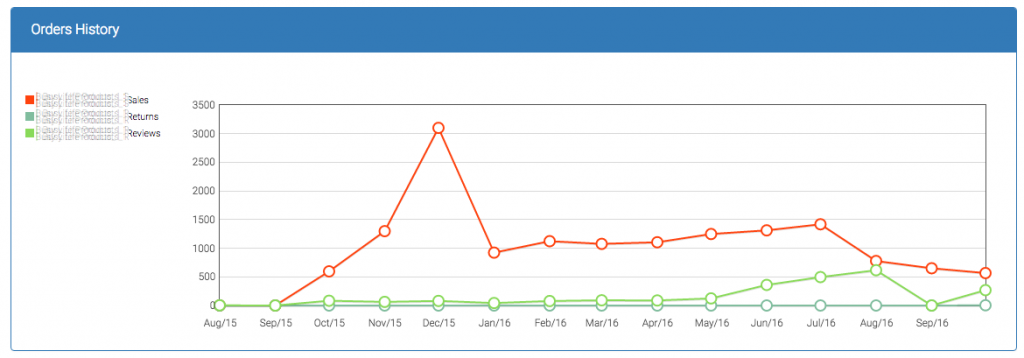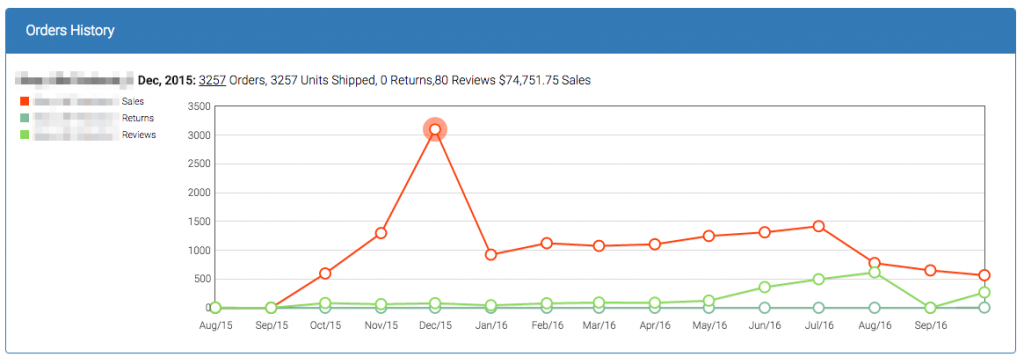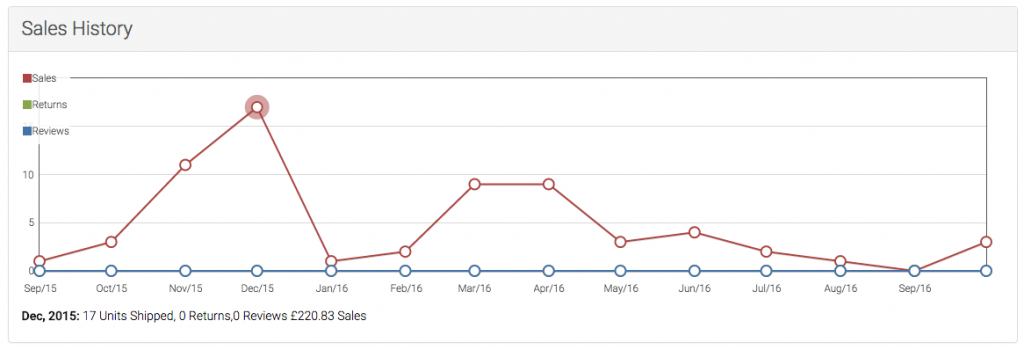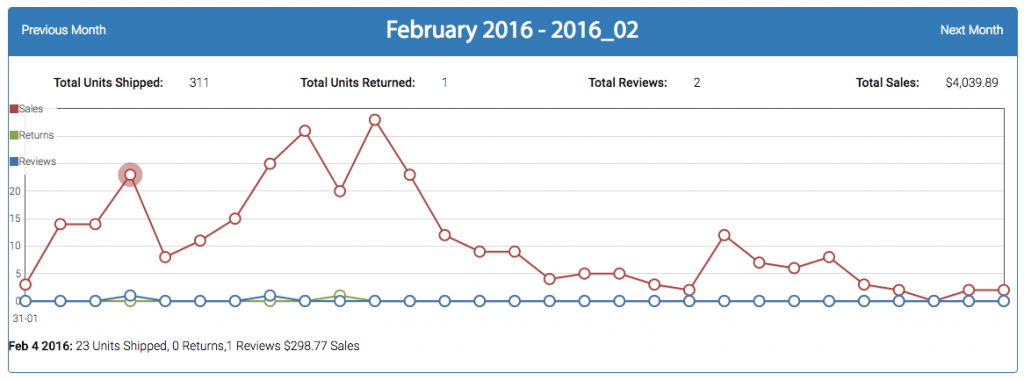As most of you Amazon sellers know, Amazon is implementing tighter control over the selling of recognized brand names on their platform.
Here’s what we officially know:
- Amazon will start charging new sellers a fee to register to sell a brand
- These sellers will need to register their authorization to sell the brand
- The one-time fee will (normally) range between $1,000 and $1,500
Here’s the important bit: the fee applies to NEW SELLERS only (at the moment). This is direct from an email the Amazon spokesman Erik Fairleigh sent to CNBC:
“If a seller is already selling brands on Amazon that are now subject to a fee, they are not required to pay the fee to continue selling those brands. The fee only applies to new sellers of particular brands. Sellers can see whether a product requires a fee to sell when they search for that product using the “Add a Product” tool on Seller Central.”
So, if you want to START selling Nike shoes you’re going to have to pay. If you did it before, though, you can do it again.
Who Wins?
There are 2 big winners that we can see
- The Customer! The whole reason Amazon is doing this is to ensure that when the customer buys a Nike shoe they are getting a Nike shoe. No one can – or should – complain about a marketplace that is looking out for customers.
- Private Label Sellers. Private Labelers Win Again! If you’ve been following the ethos of selling Private Label goods (which you probably have, as you are reading this on ZonMaster.com, which is aimed at helping private label sellers get the best from their work). There might be an extra bonus here, if Amazon decides to fight counterfeit goods even of smaller sellers.
Who Loses?
Sadly some people will take a hit. Especially Arbitrage and Liquidation Sellers. Amazon isn’t really helping matters by not publishing a complete list (though, as stated above, it’s pretty easy to find out if a product is subject to a fee).
I’ve read other places saying how it is worse for the consumer and Amazon. This is not true. As I said, the consumer gets a huge boost in consumer confidence, which means they have a huge boost in the confidence of Amazon. Losing a few sellers – either because they can’t afford the fee, or can’t get the authorization to sell – is NOT going to hurt the consumer and it will not raise prices. Sorry, it’s true.
If you want to read more, there’s a great article over on CNBC. Please don’t trust public discussion forums as a source of reliable facts about this. A lot of people are screaming, but mostly because it affects their arbitrage business.












